
This Career Cluster prepares learners for careers in designing, planning, managing, building and maintaining the building environment. People employed in this cluster work on new structures, restorations, additions, alterations and repairs.
Architecture and construction comprise one of the largest industries in the United States. Based on the latest statistics, this career cluster has 13.8 million jobs. In the next few years, many new jobs will be added and many employment opportunities will result from the need to replace experienced workers who leave jobs.
- Agriscience
- Landscaping and Turf Manegement
- Computer Aided DraftingI
Agriscience
- PreRequisites: None
- Recommended Credit(s): 1
- Recommended Grade Level: 9th
Agriscience is a laboratory science course that prepares students for biology, subsequent science courses and postsecondary pursuits. The content area includes ecology, biological processes, sexual and asexual reproduction and a study of the chemical and physical laws that govern life processes. This course helps students understand the important role agricultural science serves as industry moves into the 21st century.
Note: It was the consensus of both the industry representatives and the teachers that a student who receives credit in Agriscience should not be awarded credit in Principles of Agricultural Sciences and a student who receives credit in Principles of Agricultural Sciences should not be awarded credit in Agriscience
Landscaping and Turf Management
- Recommended Prerequisites: Principles of Horticultural Sciences, Agriscience (HQ), or Principles of Agricultural Sciences
- Recommended Credit: 1
- Recommended Grade Level: 10th, 11 th, or 12th
Landscaping and Turf Management includes standards to prepare students for creating beautiful environments for homes and businesses. This course includes site analysis and preparation, landscape drawing, plant selection, and installation. Maintenance of healthy attractive landscapes and turf areas will be emphasized. With the increase of urban sprawl these career opportunities are increasing daily. Plant science and leadership skills taught in this class will prepare students to meet the demands of this exciting industry
Computer Aided Drafting
- Pre-Requisites:Math and science requirements should be obtained according to graduation requirements during and prior to the conclusion of the credits. Concurrency is acceptable.
- Recommended Credits(s):1
- Recommended Grade Level:9th
Computer Aided Drafting I is a course in which students learn the basic concepts of scale drawings and orthographic projections by making simple two- and three-dimensional drawings using manual drafting tools and computer-aided drafting (CAD). Course content will enable students to make the transition into the use of CAD software by having them make increasingly sophisticated drawings. Student work in teams will culminate in a class project to create a complete set of construction and assembly drawings for a mechanical product.

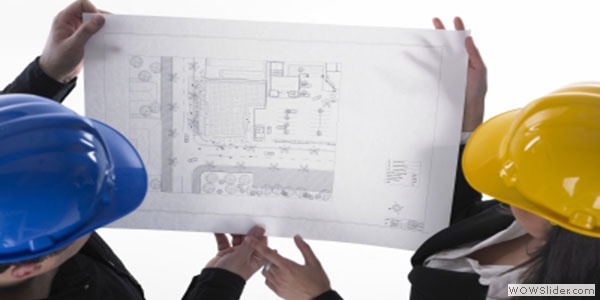

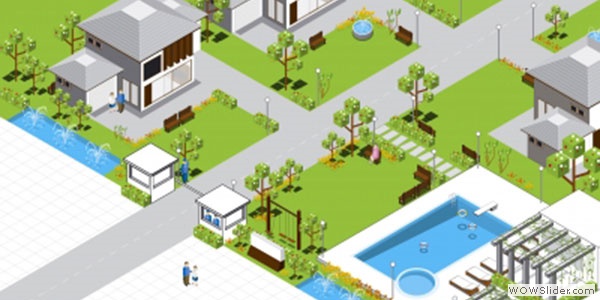
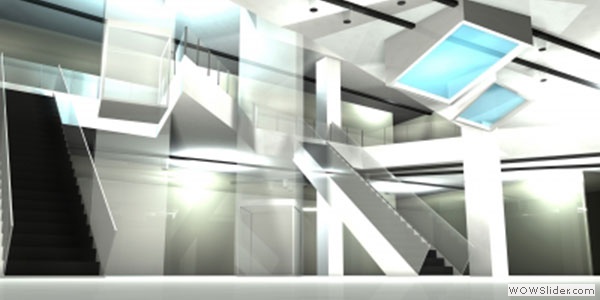
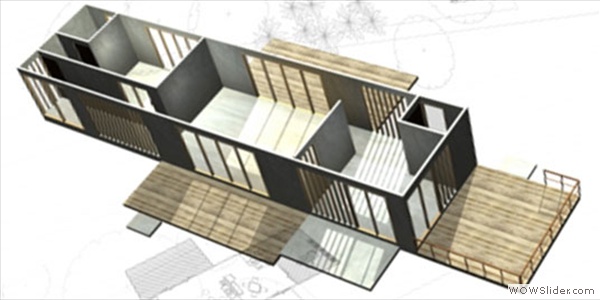


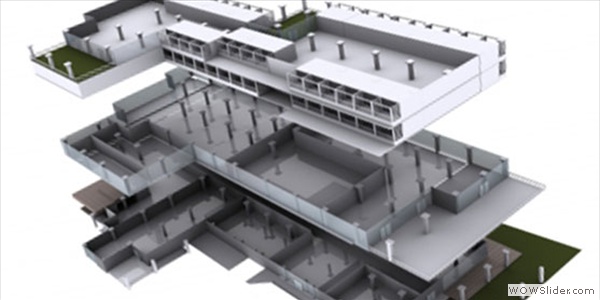

 1
1 2
2 3
3 4
4 5
5 6
6 7
7 8
8 9
9 10
10